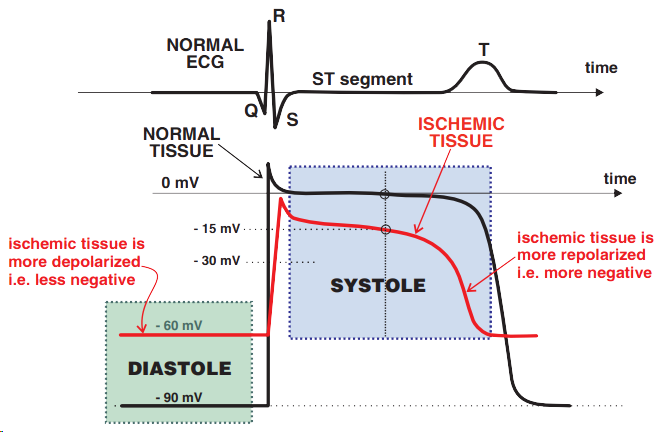
Ischemia During Diastole and Systole
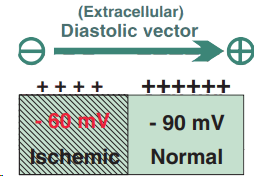
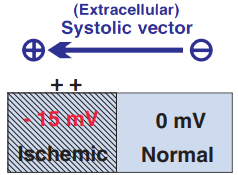

Physiological ECG Recording
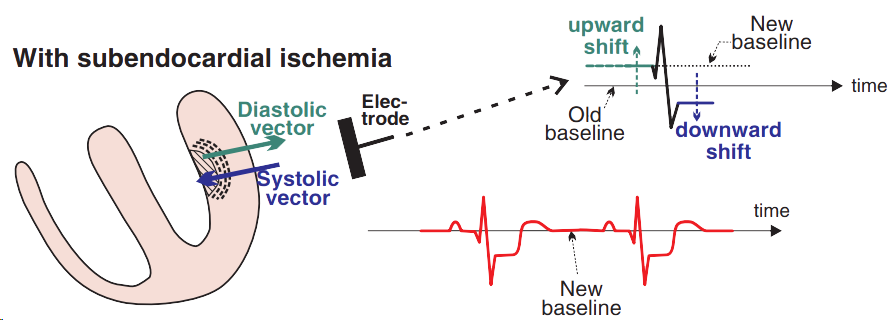
Subendocardial Ischemia


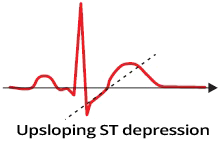
ST Depression and Ischemia
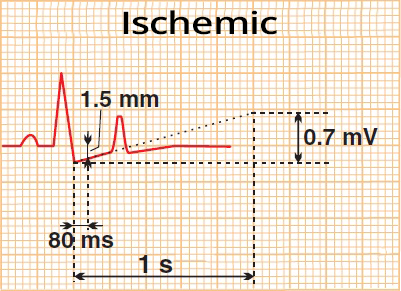
Flat Ascending ST Depression
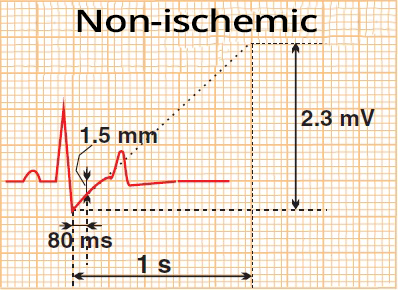
Steep Ascending ST Depression
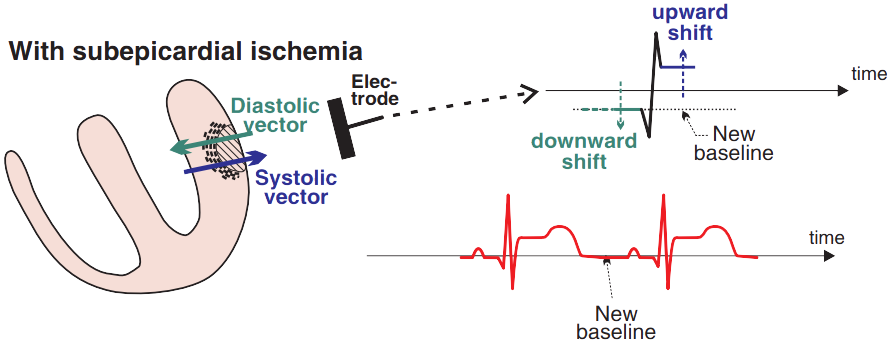
Subepicardial Ischemia

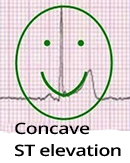

ST Elevations (STE) in Ischemia
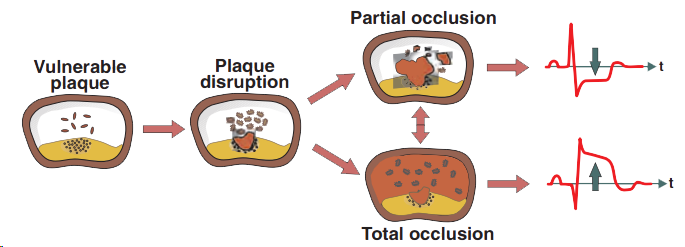
ST Segment and Acute Coronary Syndrome
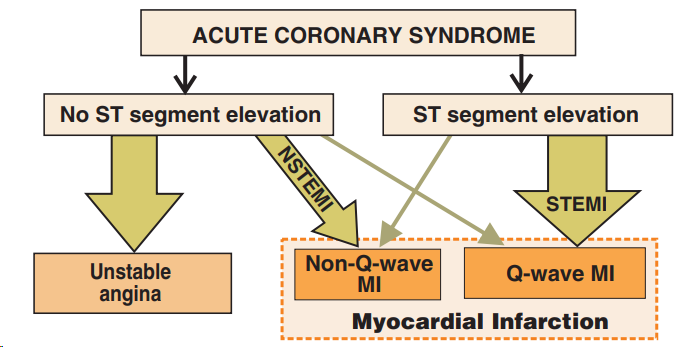
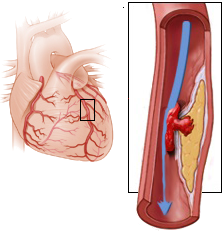

Unstable Angina Pectoris

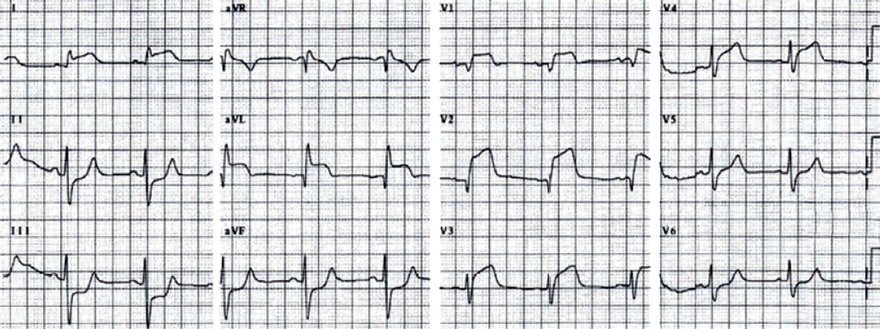
Acute STEMI of the Anterior Wall
Sources

Ischemia During Diastole and Systole
Ischemic Diastolic Vector
|

|
Ischemic Systolic Vector
|

|

Physiological ECG Recording

Subendocardial Ischemia

|

|

|
ST Depression and Ischemia

Flat Ascending ST Depression
|

Steep Ascending ST Depression
|

Subepicardial Ischemia
|


|

ST Elevations (STE) in Ischemia

ST Segment and Acute Coronary Syndrome


|
Unstable Angina Pectoris
|

|

|
Acute STEMI of the Anterior Wall
|

|
Sources